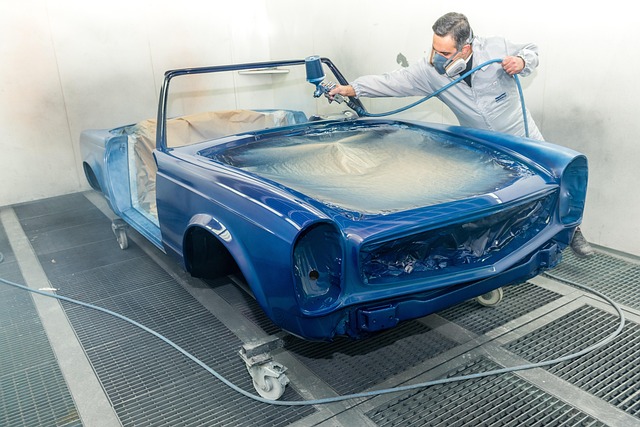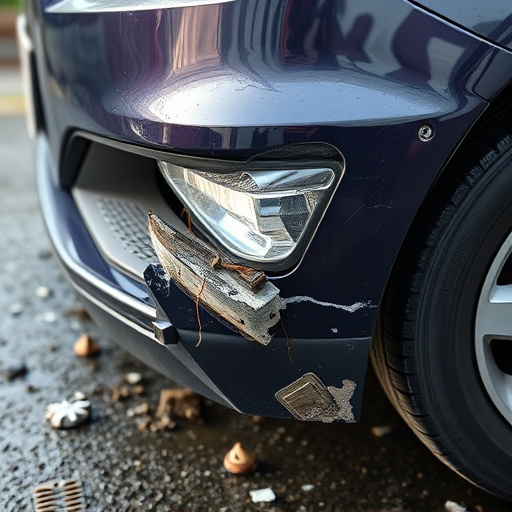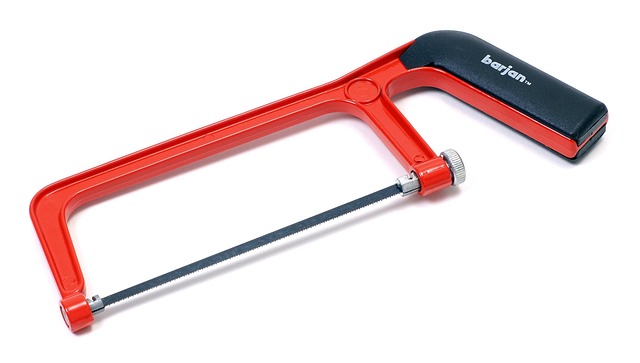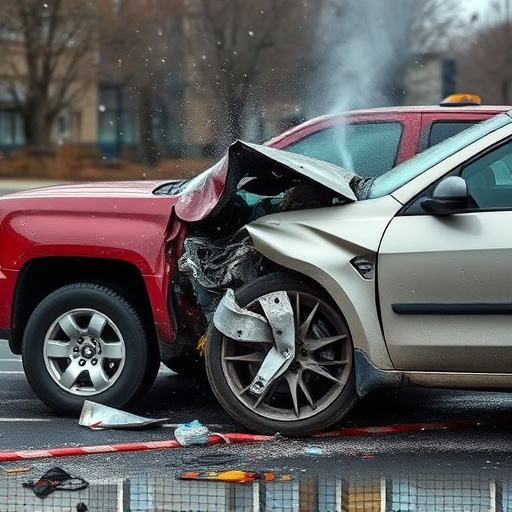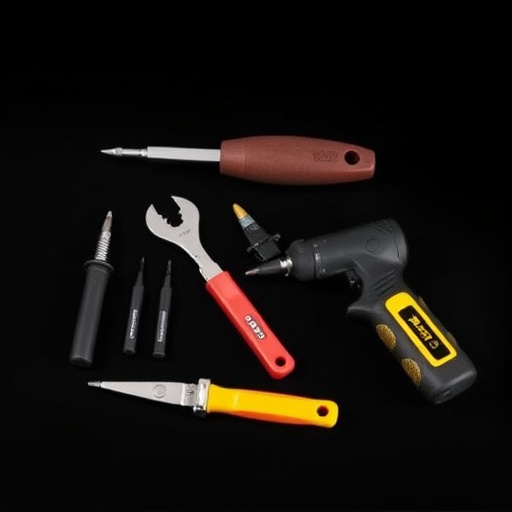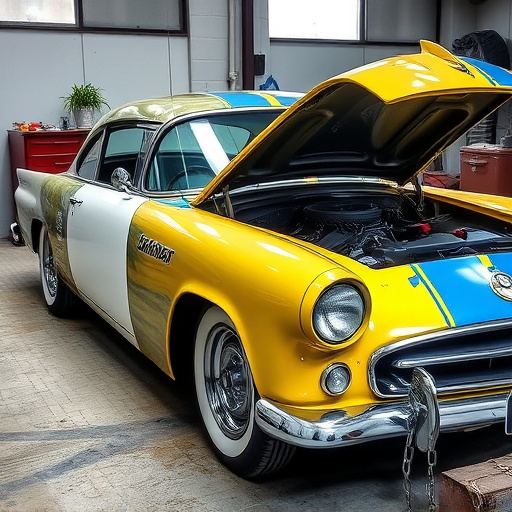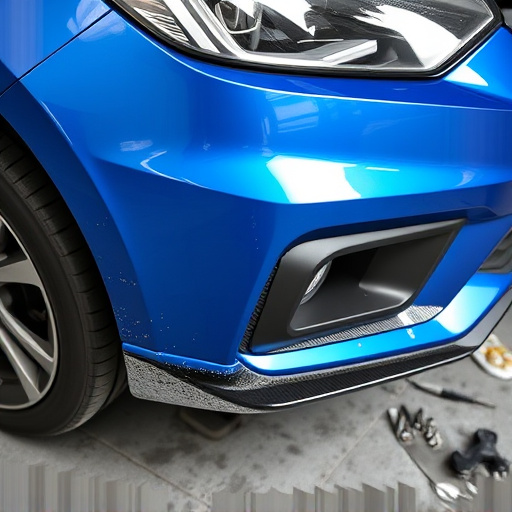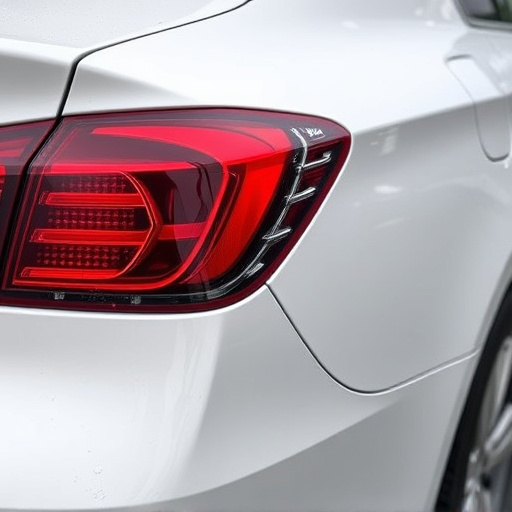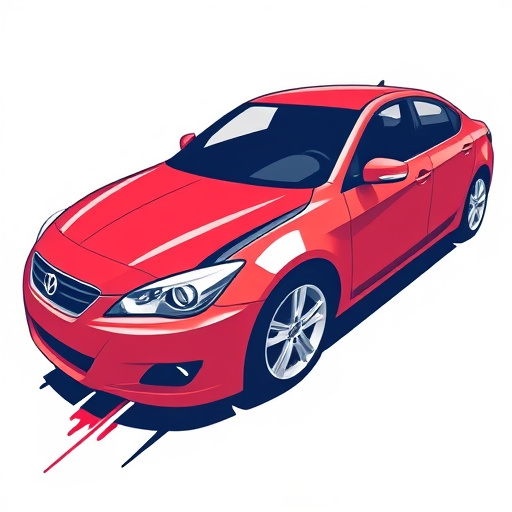OEM glass replacement is crucial for vehicle safety and maintenance due to its superior quality, visibility, and impact protection. Precisely engineered for each model, it ensures structural integrity and minimal misalignment, adhering to automakers' original specifications. Using OEM glass for repairs prevents risks associated with poor installation or low-quality alternatives, preserving vehicle value and aesthetics while enhancing safety standards.
Original Equipment Manufacturer (OEM) glass replacement is an essential aspect of automotive maintenance, ensuring safety and performance. Automakers specify OEM glass for its unparalleled quality and adherence to stringent safety standards. This article delves into the significance of using genuine glass components, highlighting the advantages over aftermarket alternatives. We explore how poor-quality or inept installation can negatively impact vehicles, emphasizing the need for skilled technicians and certified parts for long-lasting results in every repair.
- Understanding OEM Glass: Quality and Safety Standards
- Advantages of Using Original Equipment Manufacturer Glass
- The Impact of Poor Quality or Inexpert Installation on Vehicles
Understanding OEM Glass: Quality and Safety Standards

Original Equipment Manufacturer (OEM) glass is designed and manufactured to meet stringent quality and safety standards set by automakers. These standards are in place to ensure that every vehicle’s windows and windshields not only provide optimal visibility but also offer superior protection against impact, thereby enhancing driver and passenger safety. OEM glass is crafted with precision, using advanced technologies and materials to meet these rigorous criteria.
When a vehicle undergoes an auto glass repair or requires a complete replacement, using OEM glass becomes crucial. It guarantees that the new glass will seamlessly integrate into the vehicle’s design, ensuring proper sealing and alignment. Moreover, OEM glass repairs also maintain the structural integrity of the vehicle, which is vital for overall safety during automotive repair services.
Advantages of Using Original Equipment Manufacturer Glass
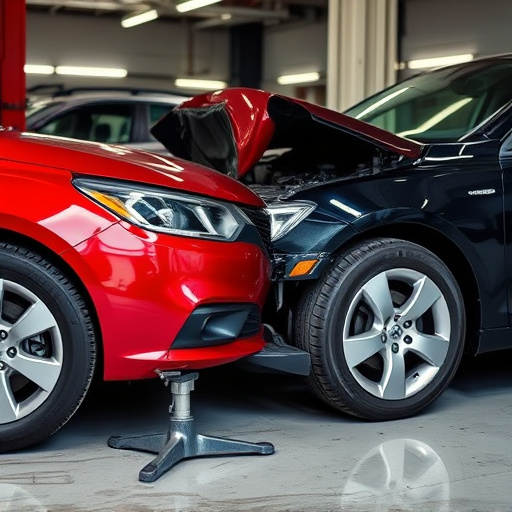
Using Original Equipment Manufacturer (OEM) glass for replacements offers several key advantages that set it apart from aftermarket alternatives. Firstly, OEM glass is specifically designed and tailored to fit each vehicle model precisely. This ensures not just an aesthetic match but also structural integrity, vital for safety and handling. The precision engineering of OEM glass means less chance of misalignment or gaps, which can compromise the car’s overall strength during impact.
Moreover, automakers guarantee the quality and performance of their OEM glass replacements, aligning with the vehicle’s original specifications. This guarantees not only clarity in visibility but also protection from elements like UV rays and extreme temperatures. For fleet repair services or a trusted car body shop tackling hail damage repair, prioritizing OEM glass replacement ensures that vehicles not only look as good as new but also maintain their structural and safety standards, providing peace of mind for both drivers and operators.
The Impact of Poor Quality or Inexpert Installation on Vehicles
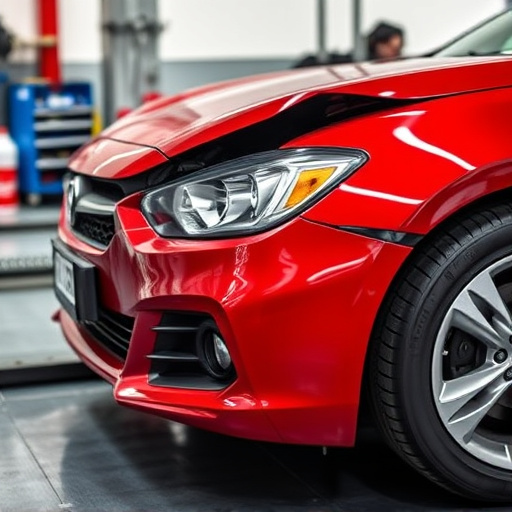
Poor quality or inept installation of glass can have significant adverse effects on vehicles. When windshields or other glass components are not properly fitted, they can leave gaps that compromise structural integrity and safety. This is especially true during accidents; unsealed or poorly sealed glass can fail, leading to potential harm to occupants and increased risk of secondary damage from debris. Moreover, subpar installation may result in poor water-repellency, affecting the vehicle’s aerodynamics and potentially causing rust or corrosion around the edges over time.
At auto collision centers, experts emphasize the importance of OEM glass replacement to ensure vehicles are restored to their pre-accident condition. This involves using original equipment manufacturer (OEM) glass that matches the exact specifications of the vehicle, including size, shape, and optical clarity. Such high-quality replacements not only restore safety but also maintain the aesthetic appeal of the car, preventing lasting cosmetic damage like scratch repair attempts that could detract from its overall value.
OEM glass replacement is not just a preference; it’s a critical component of vehicle safety and performance. By adhering to strict quality and safety standards, automakers ensure that each component, including glass, functions optimally. Using original equipment manufacturer glass guarantees a seamless fit and superior durability, enhancing both the aesthetics and structural integrity of the vehicle. Conversely, poor-quality or inept installation can lead to significant safety hazards and reduced vehicle value. Therefore, prioritizing OEM glass replacement is essential for maintaining the highest standards in automotive craftsmanship.
